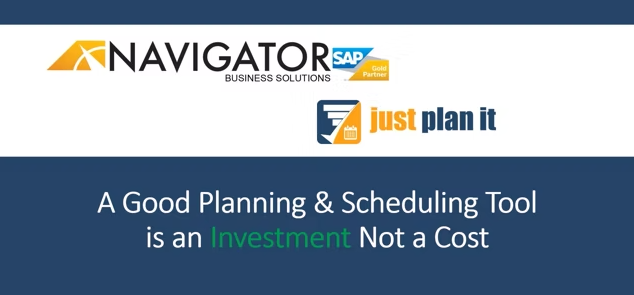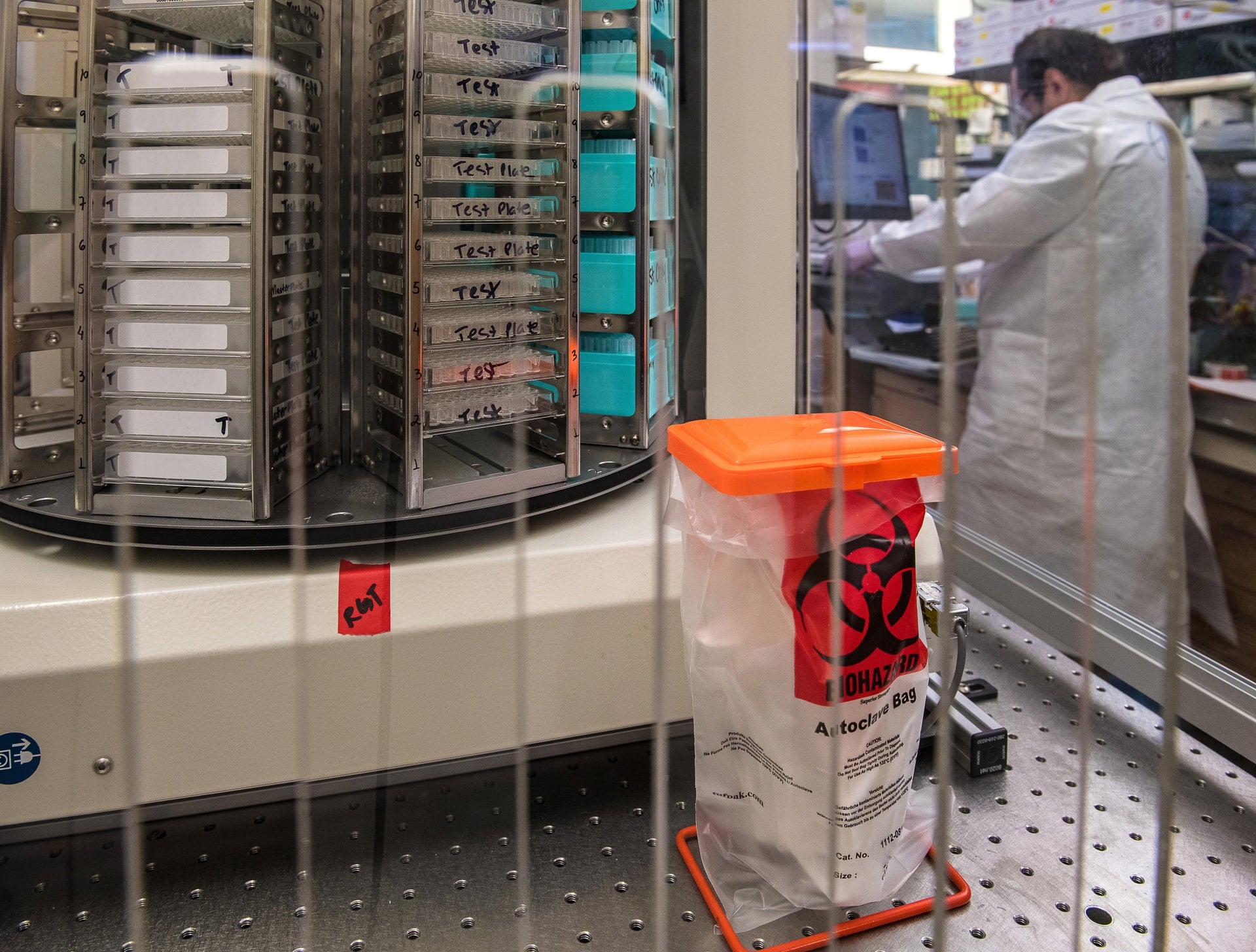The need for life science companies to find better, faster ways to manage vast repositories of data and information has made the use of an integrated ERP system essential.
ERP software enables organizations to consolidate, analyze, and report data from all departments in one place, and in real-time. This integrated data field gives organizations a holistic view of business processes and operations that helps streamline workflows effectively. The business processes in a life science company are further steeped in complexity due to the need for compliance with strict industry regulations. Therefore, ERP software solutions were specifically designed to suit the unique requirements of life science companies. To have a look at one such example of an ERP system in life sciences, click this link.
SAP SE, the global leader in developing and delivering ERP solutions, offers various products to suit the needs of different target industries. As such, SAP SE has developed specific products designed to meet the business requirements of life science companies.
Despite the benefits of using SAP in life sciences, simply buying an SAP ERP software solution does not result in enhanced business performance. One should know how to implement the solution effectively based on their business needs.
To help with effective implementation, SAP provides a whole library of industry and solution-specific best practices. Let’s look at these SAP best practices in further detail.
What Are SAP Best Practices?
SAP has been in the market since 1972, and according to their website, today they have more than 440,000 customers in more than 180 industries. So, when a new company decides to implement SAP for the first time, the chances are that SAP has already been used and implemented successfully by many other companies in that industry.
SAP best practices are, in other words, the best ways to run a business process. SAP integrates data from all the successful implementations to recommend best practices for implementation in that specific industry. Simply put, they are tried and tested standards for operations. They enable companies to meet their basic requirements.
In addition, companies can use best practices to accelerate the implementation of SAP’s software suites.
SAP best practices not only facilitate effective implementation but they can also serve as a guide for companies to help build their architecture faster and go live more quickly.
Business Processes For Which SAP Best Practices Are Available
SAP best practices are available for almost all types of processes, both industry-specific, and from a business perspective. They exist for:
- A wide range of business requirements and industries
- Conducting analyses (e.g., ready-made reports)
- Monitoring and enhancing user experience (e.g., SAP Fiori overview pages)
- Migration (e.g., from SAP or non-SAP systems to the latest SAP S/4 HANA)
- Integration (e.g., with SAP Ariba or SAP C/4 HANA)
In the area of business process, SAP best practices for finance, for example, are available for accounting and financial statements, for accounts payable and accounts receivable, and for-profit and cost analyses.
SAP Best Practices For A Specific Industry
The SAP best practices have evolved and improved over the years. They provide baseline configuration, standard business processes, and a library of detailed documentation.
The individual, activatable units of the best practices are called scope items. Scope items are therefore instances of SAP best practices. The library of best practices for a certain Software suite provides cross-industry scope items. There are over 200 scope items representing different business processes or functions from various industries. Each scope item can be activated in a sandbox or development system and has a process diagram, detailed test script, and configuration documentation.
Hence, one can access the scope items from the library of best practices to suit their own industry-specific business requirements.
Where To Find SAP Best Practices
SAP best practices are available free of charge and can be viewed or downloaded from the Best Practices Explorer. The SAP Best Practice Explorer is a web-based tool and can be used to search all available best practices. In order to download the best practices, registration and a corresponding S-user account are required.
Conclusion
SAP best practices are a good starting point for companies that do not have well-established and properly documented business processes. They are pre-configured, integrated, and standardized processes that are optimized by SAP using data from a successful implementation of their office suites by a large number of customers.
Hence, SAP best practices are based on the experience and knowledge gained from previous implementations which can be used to jump-start a project. They can also provide structured guidance for future improvements and help accelerate the customers' SAP implementation.








